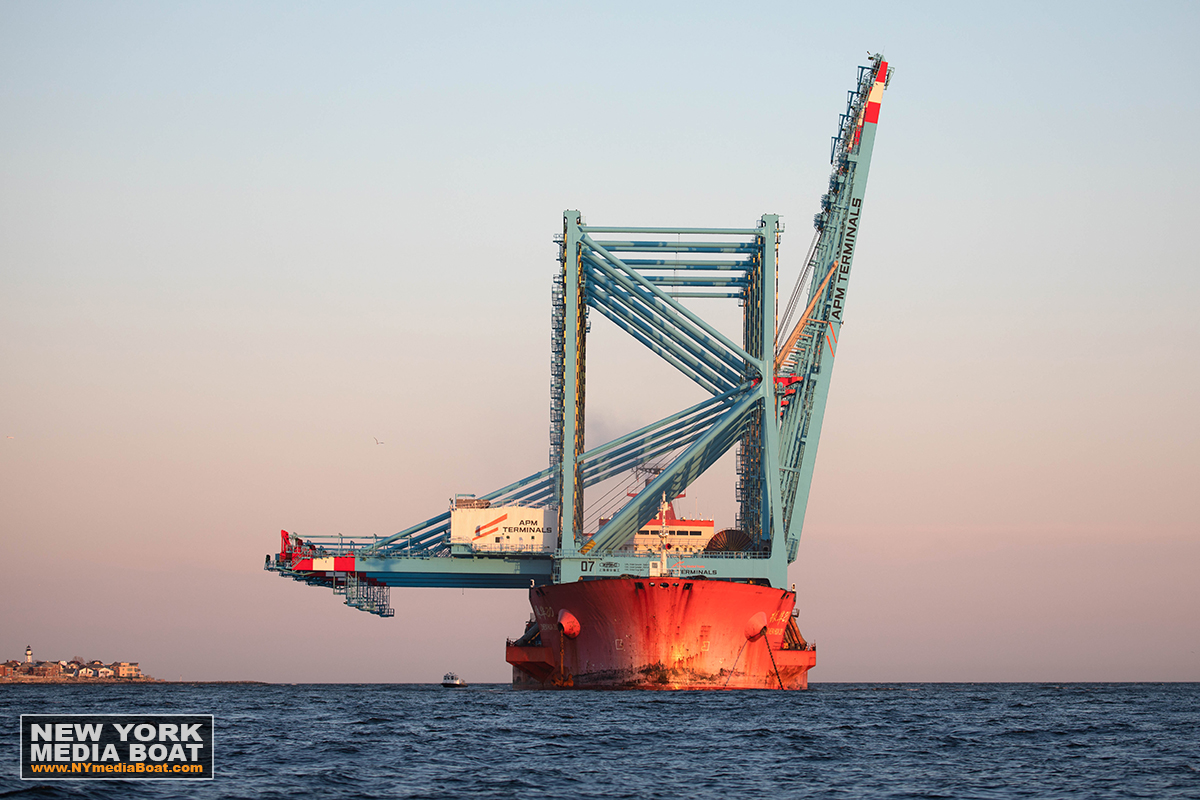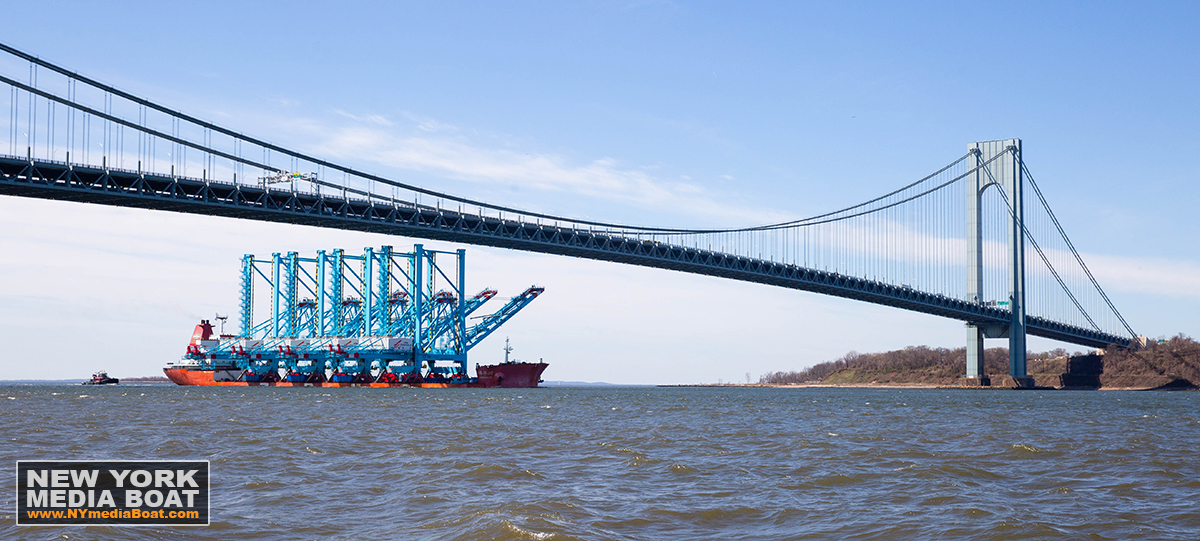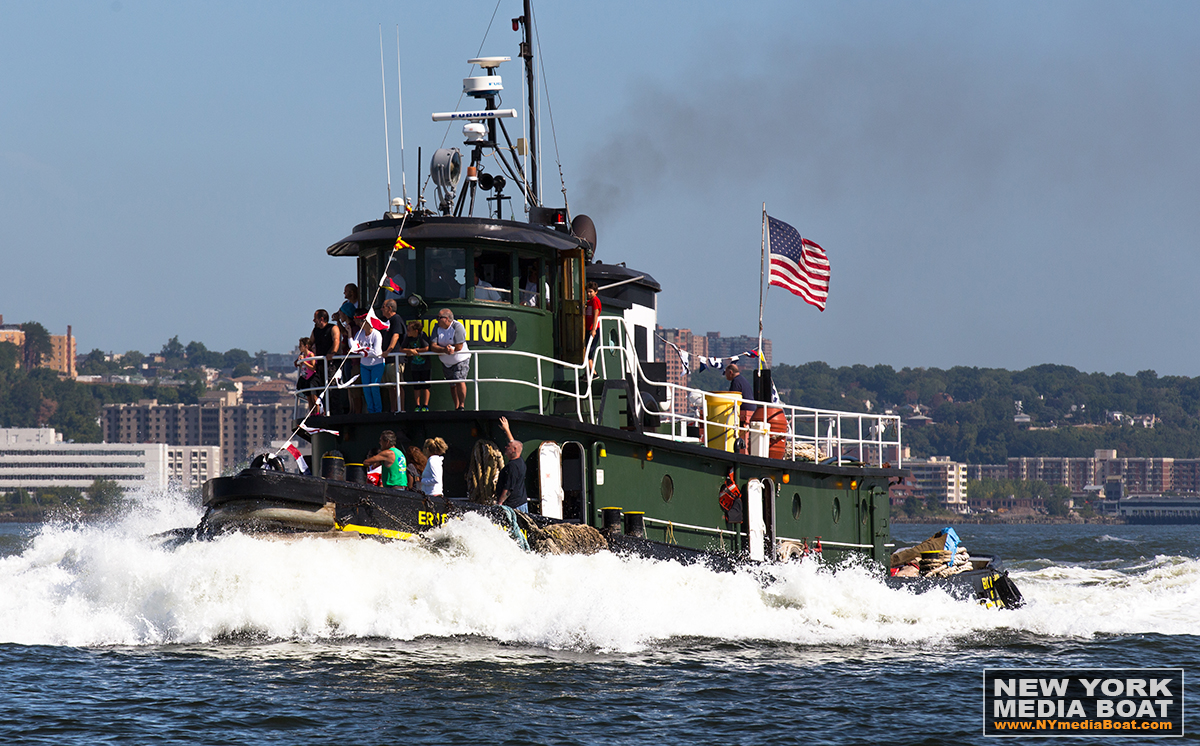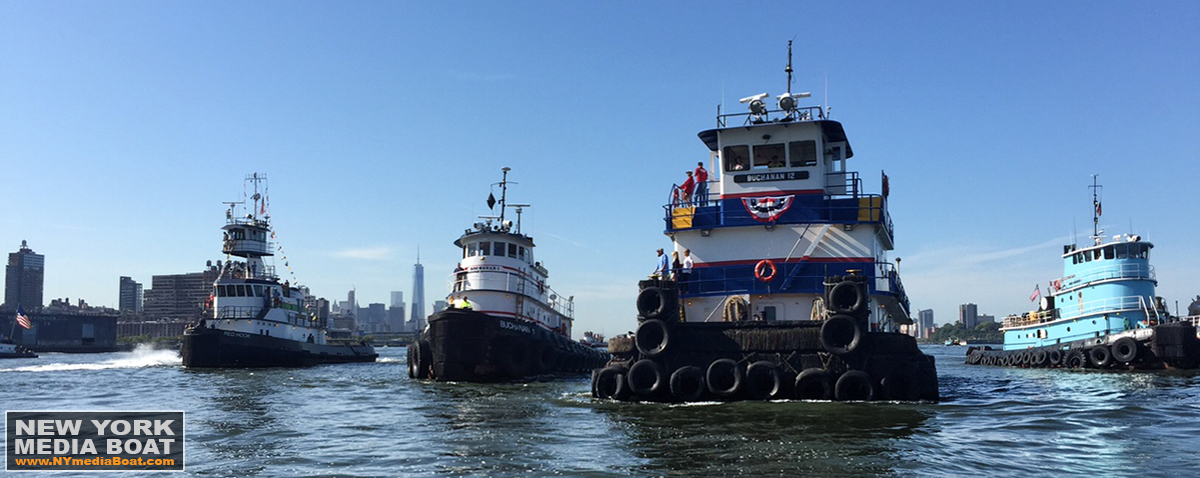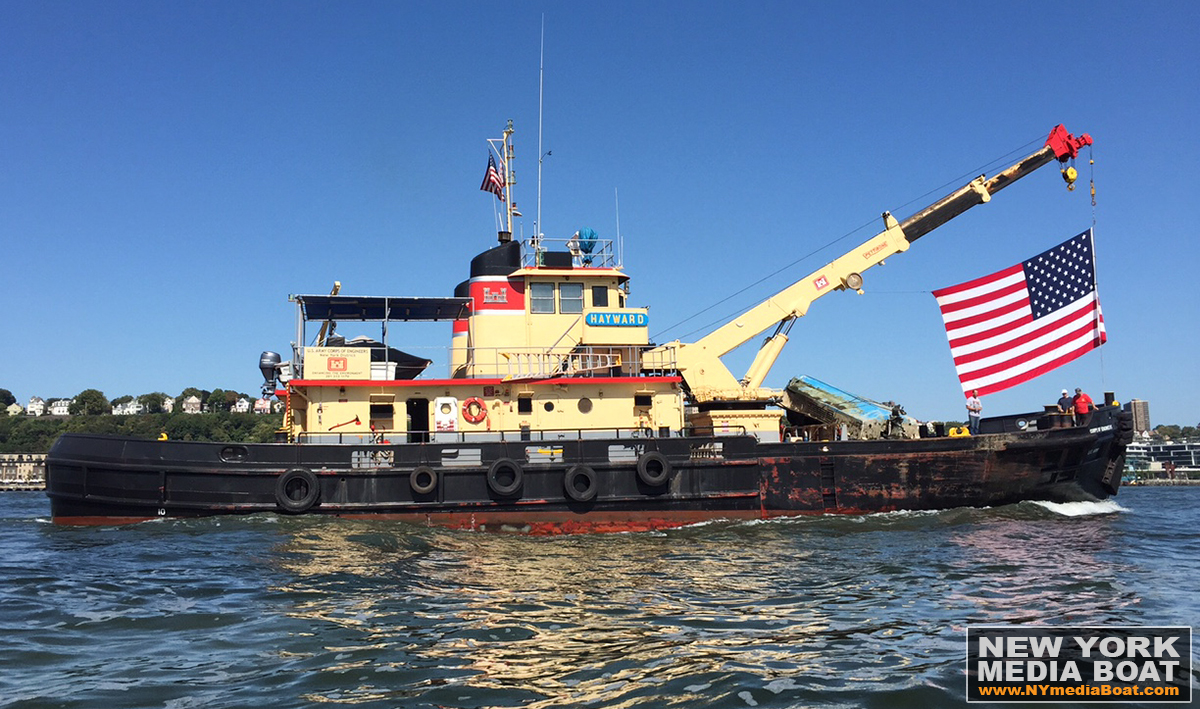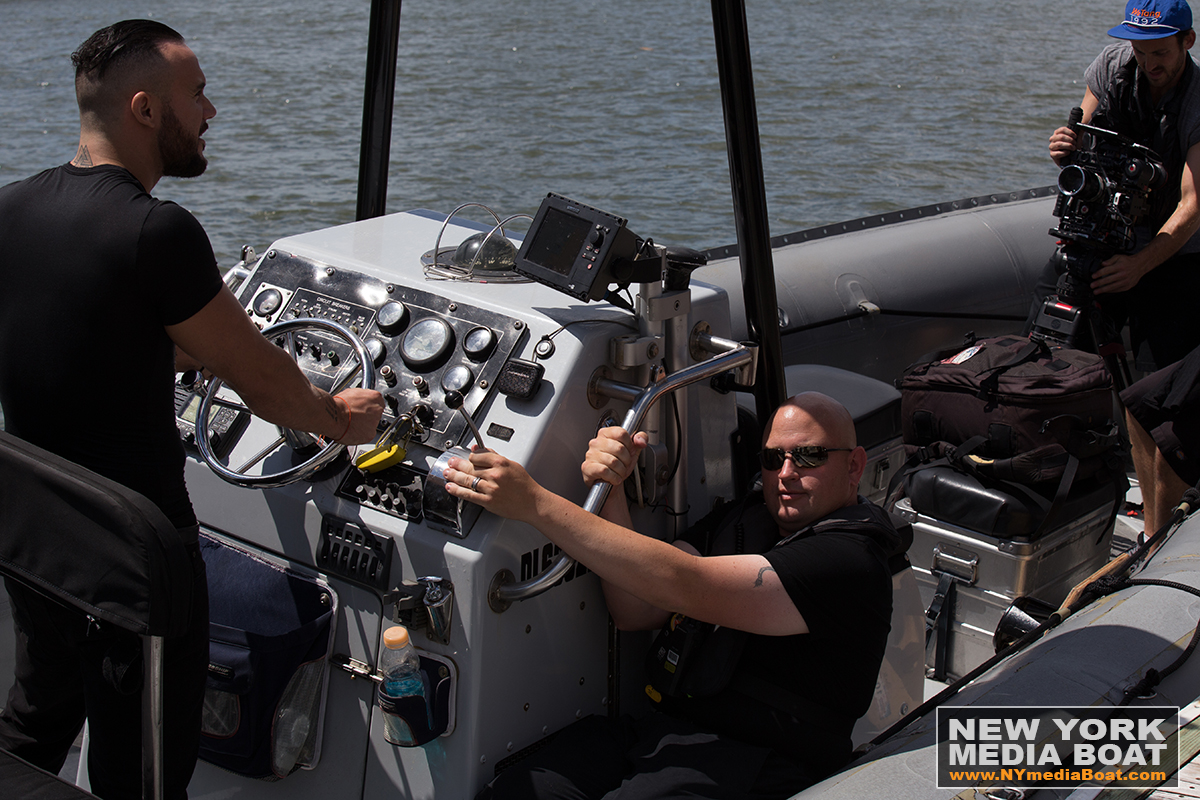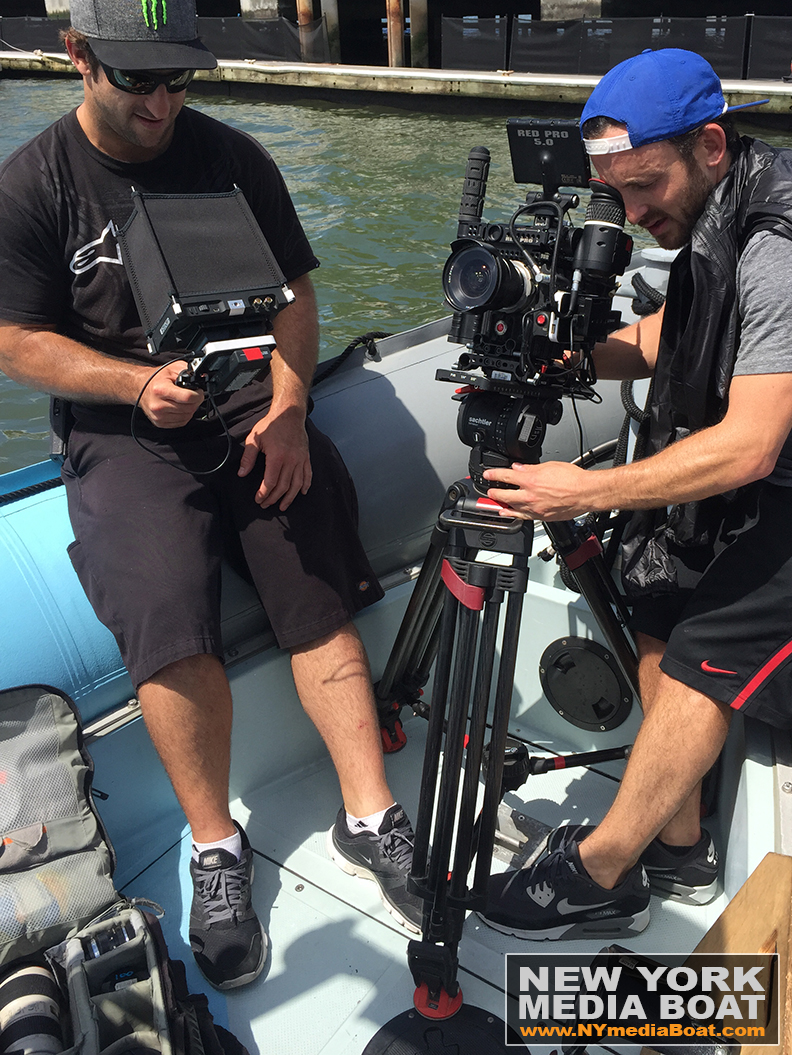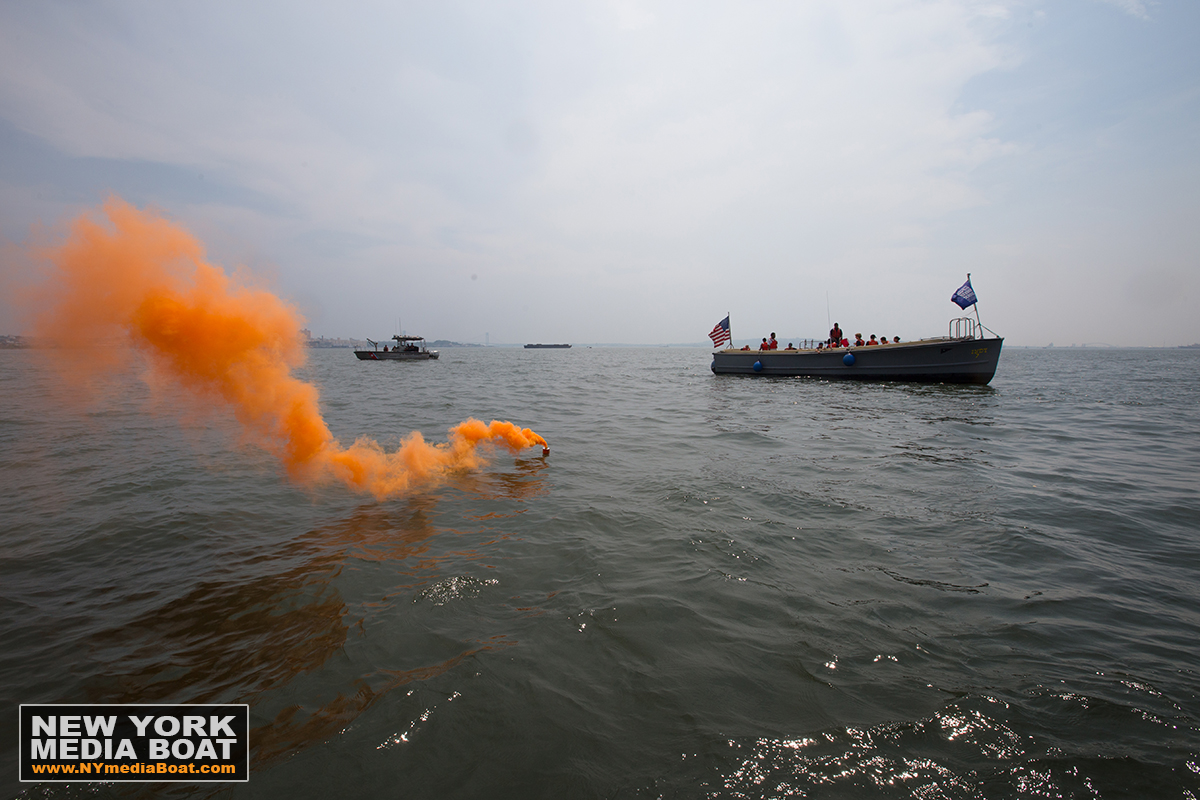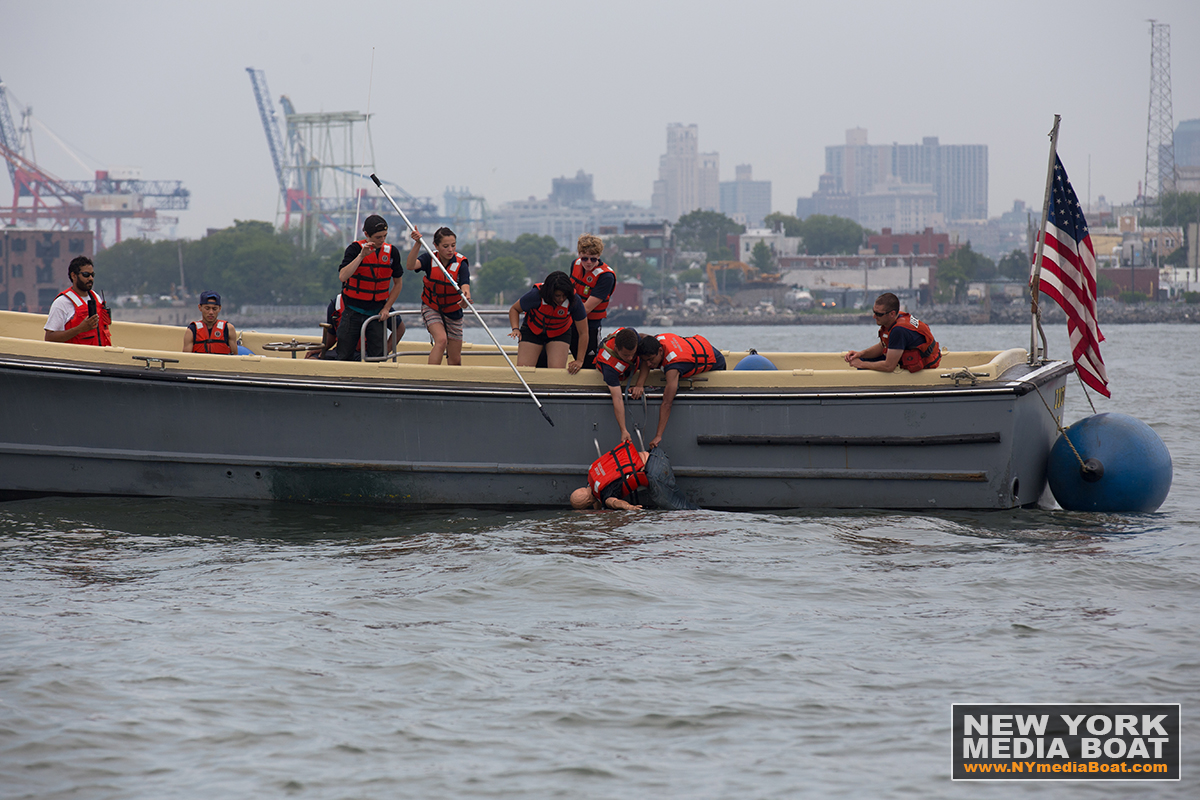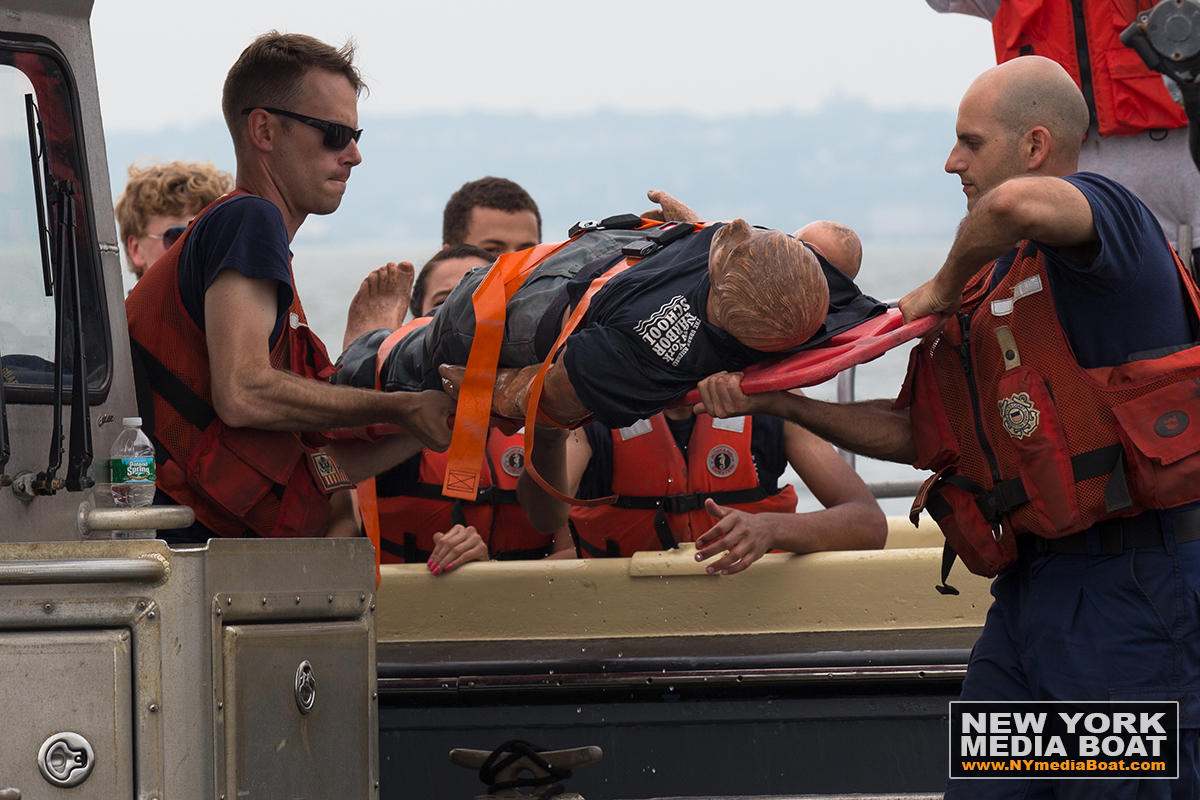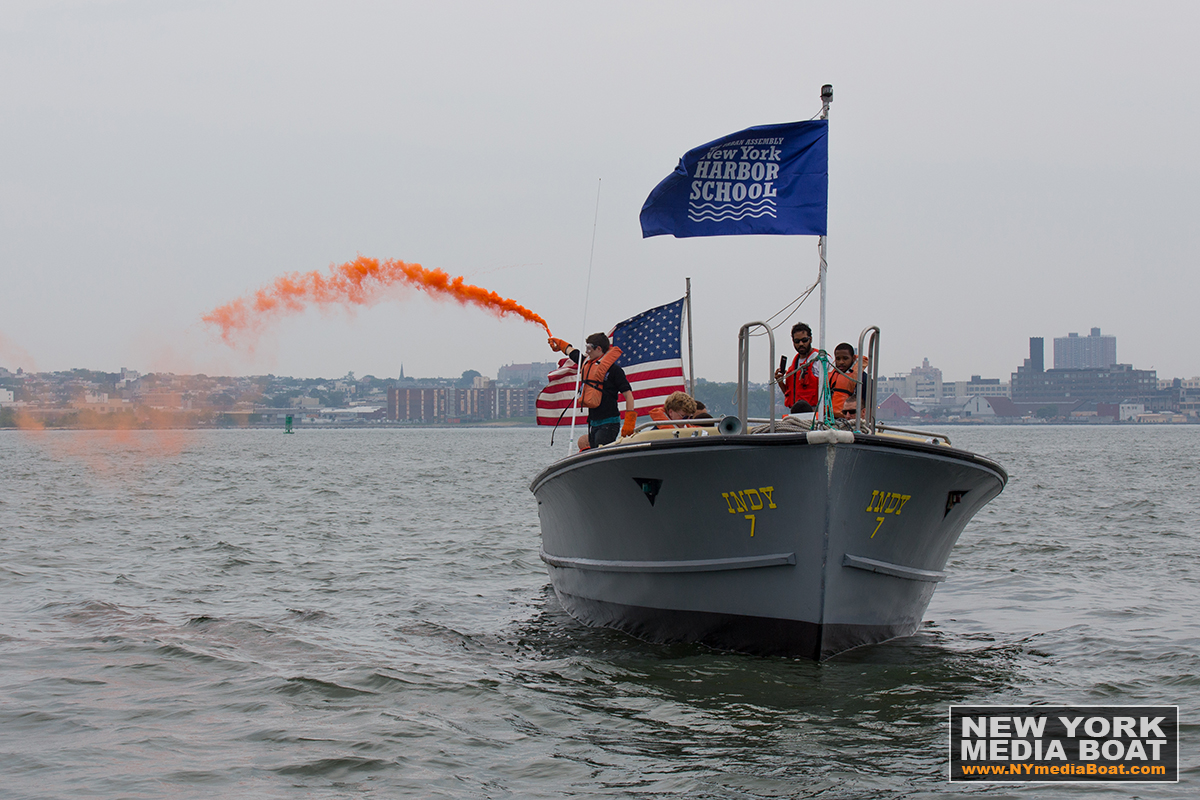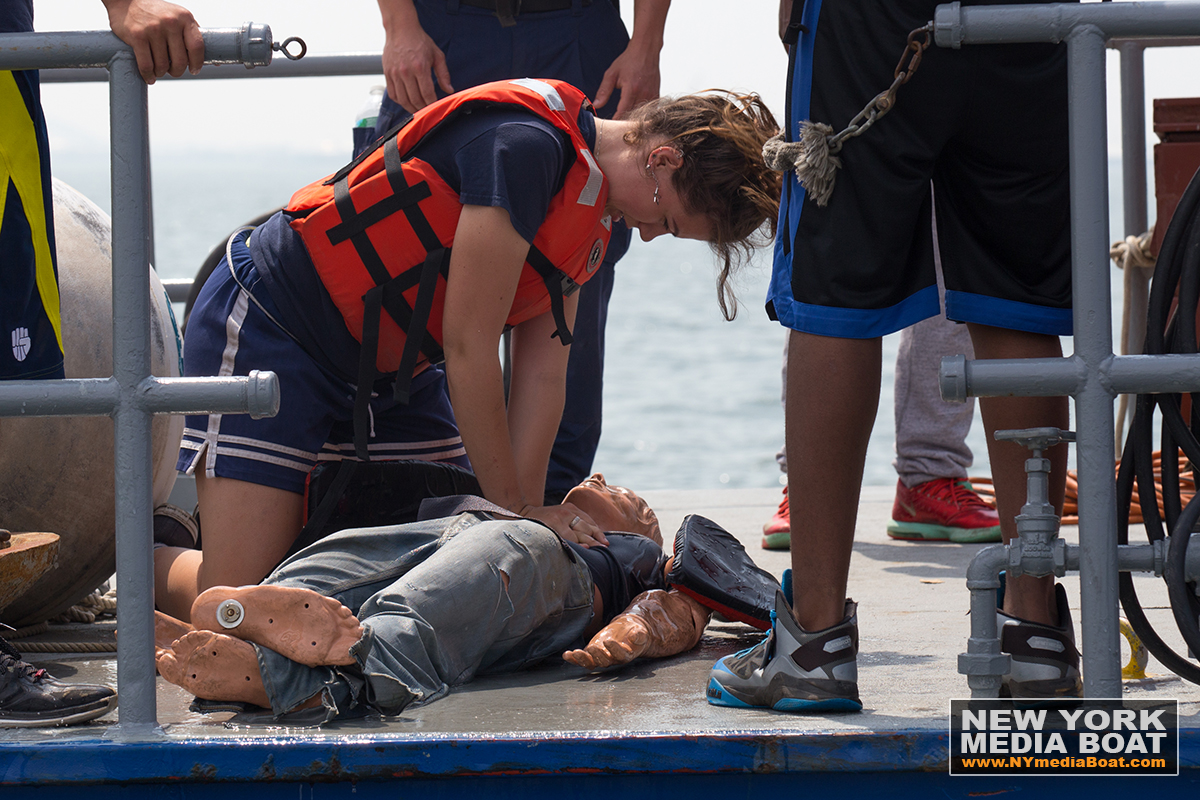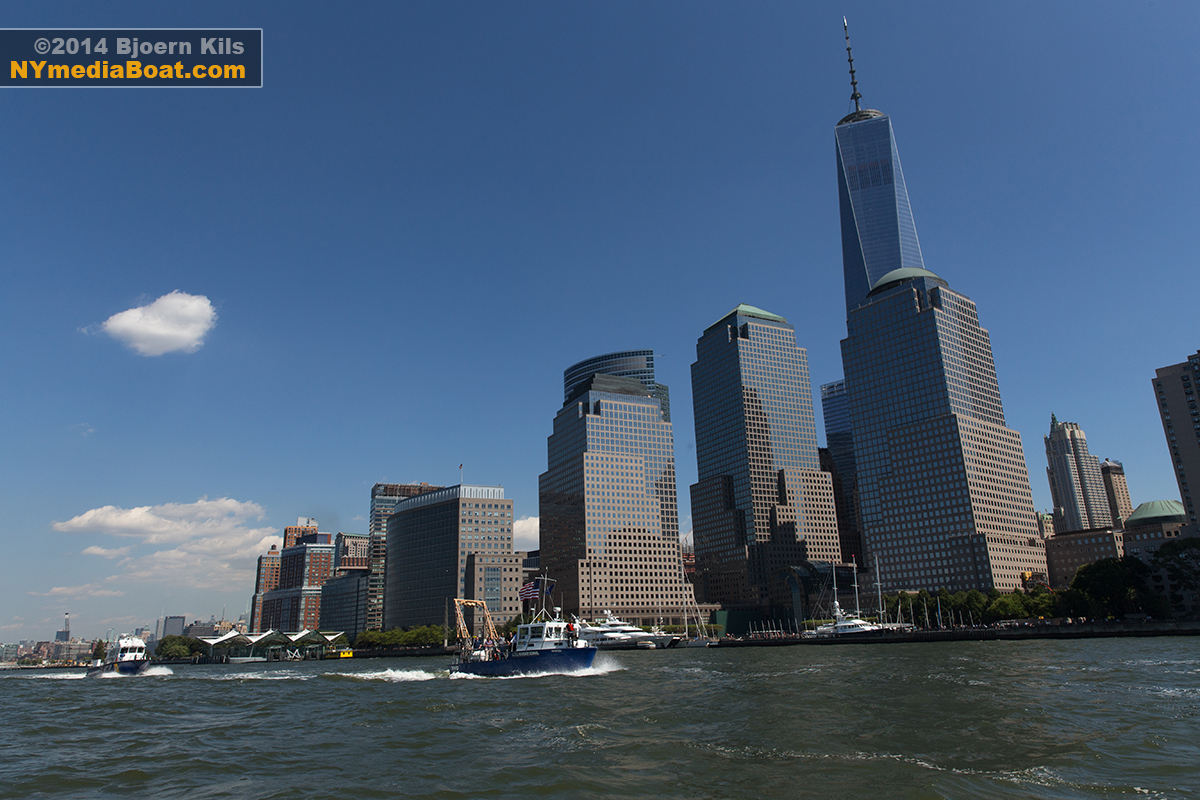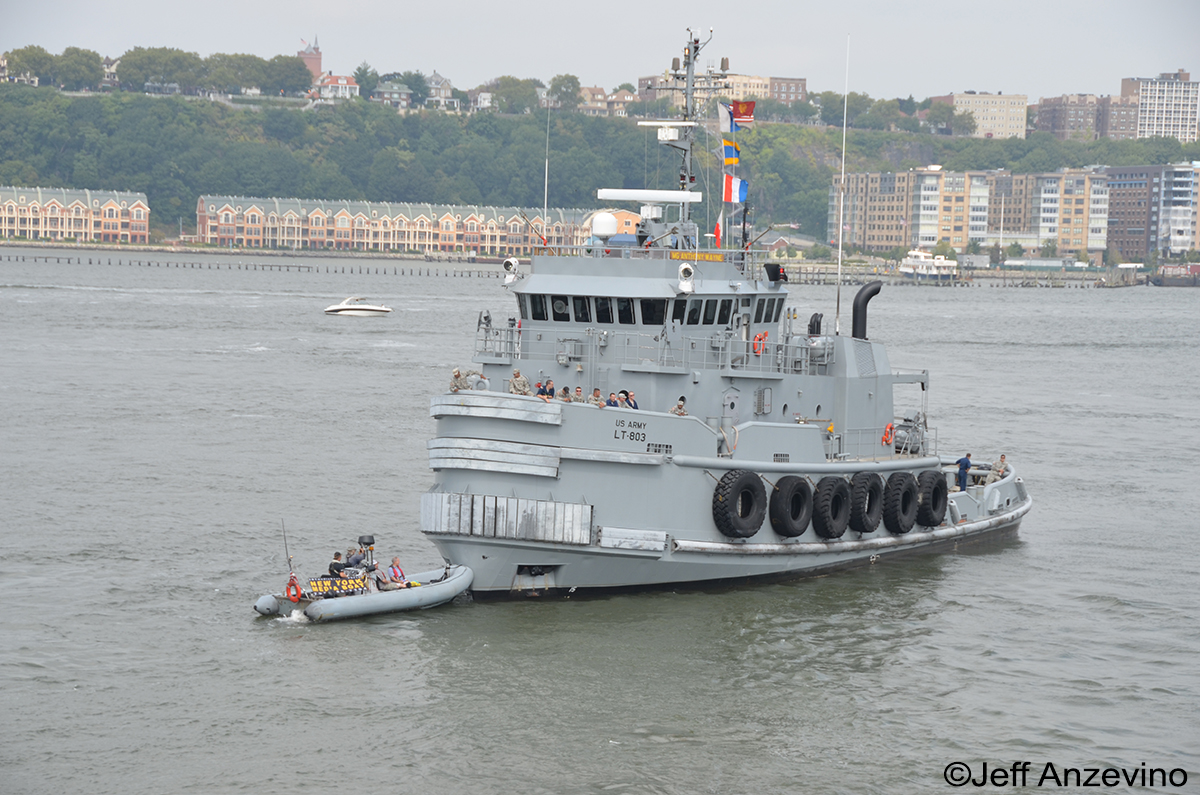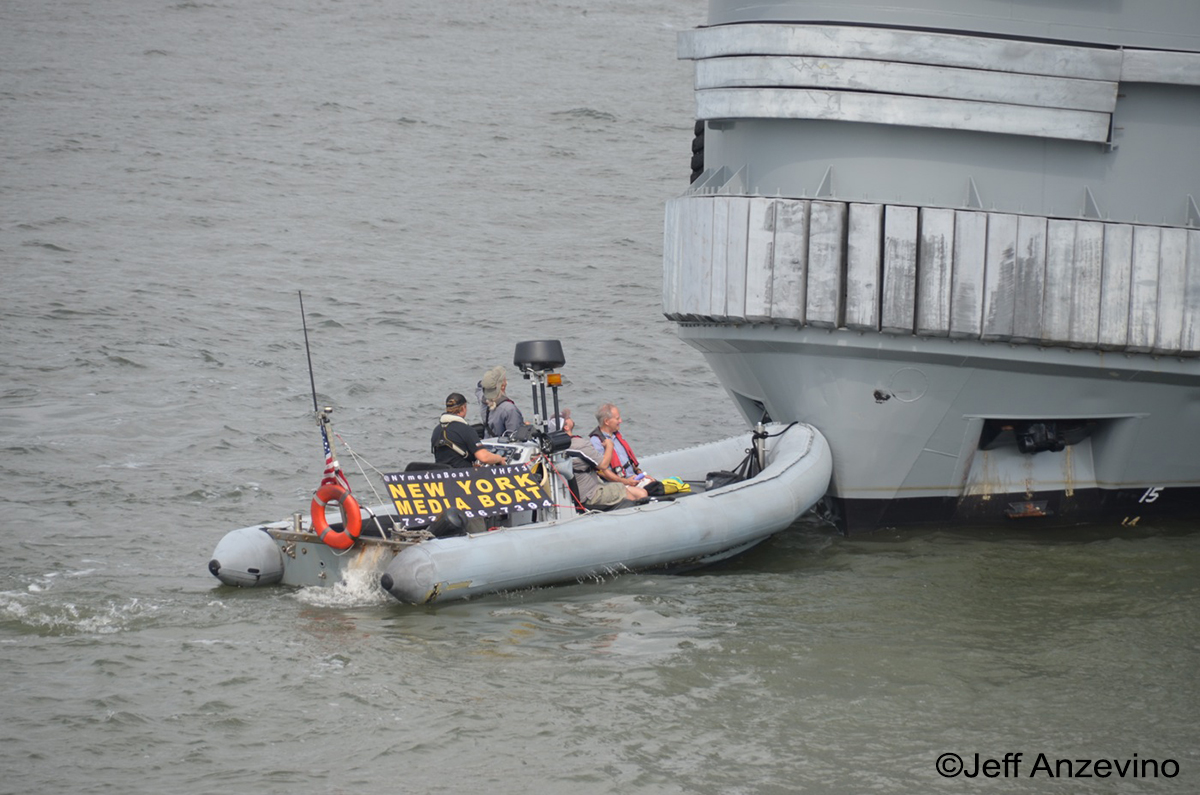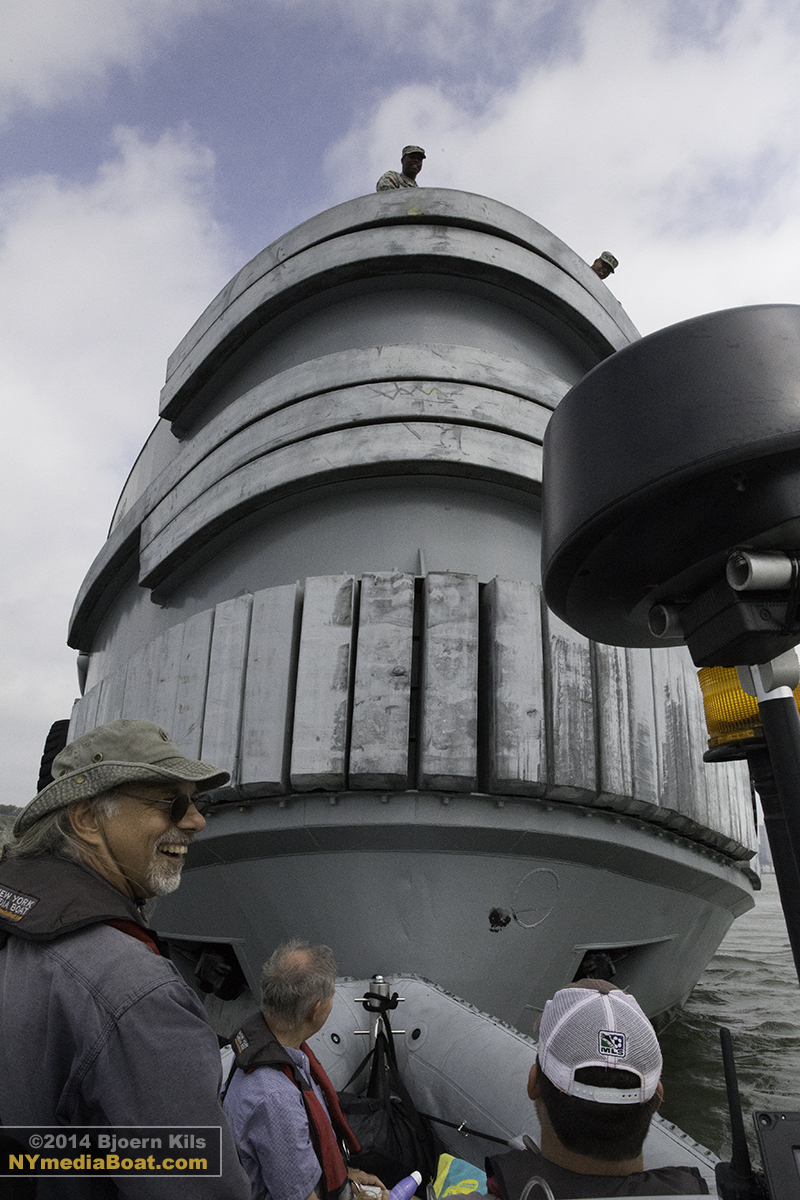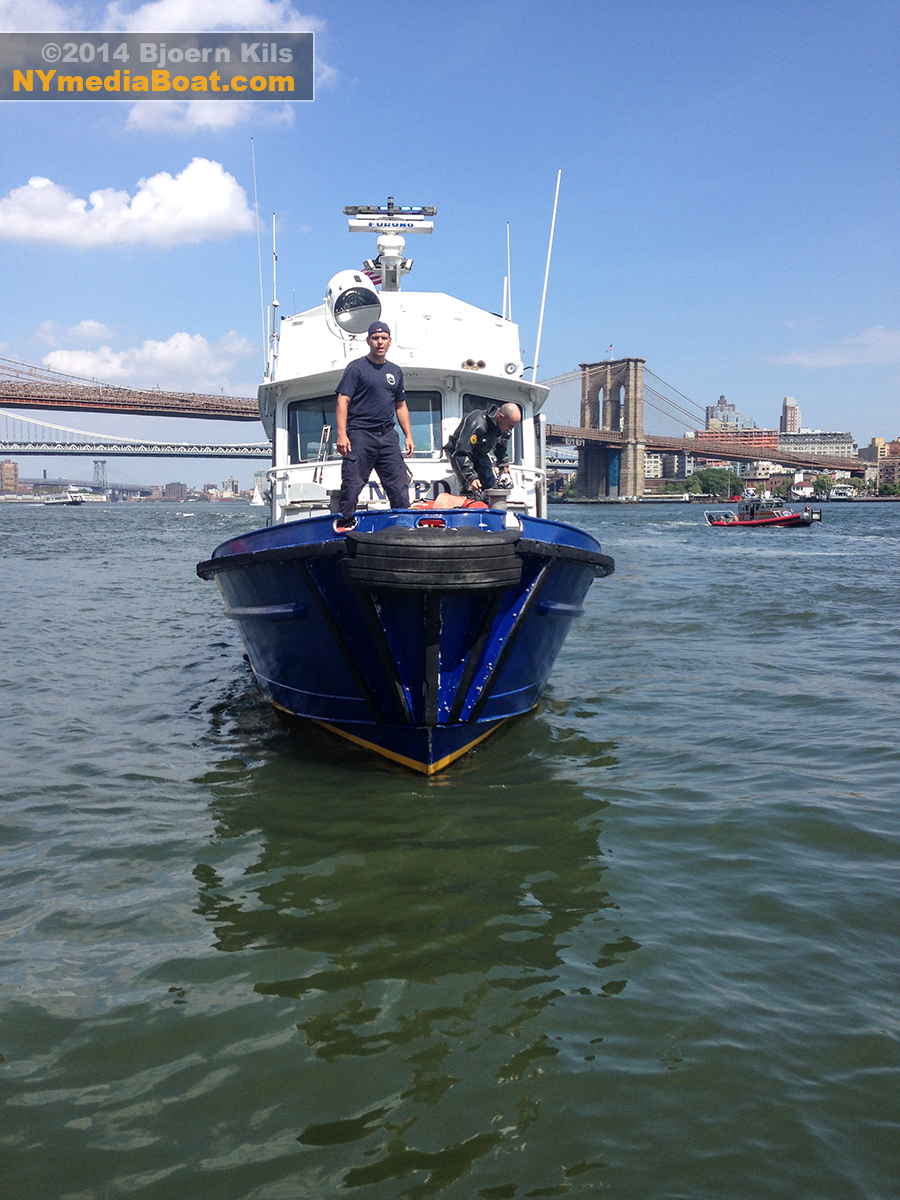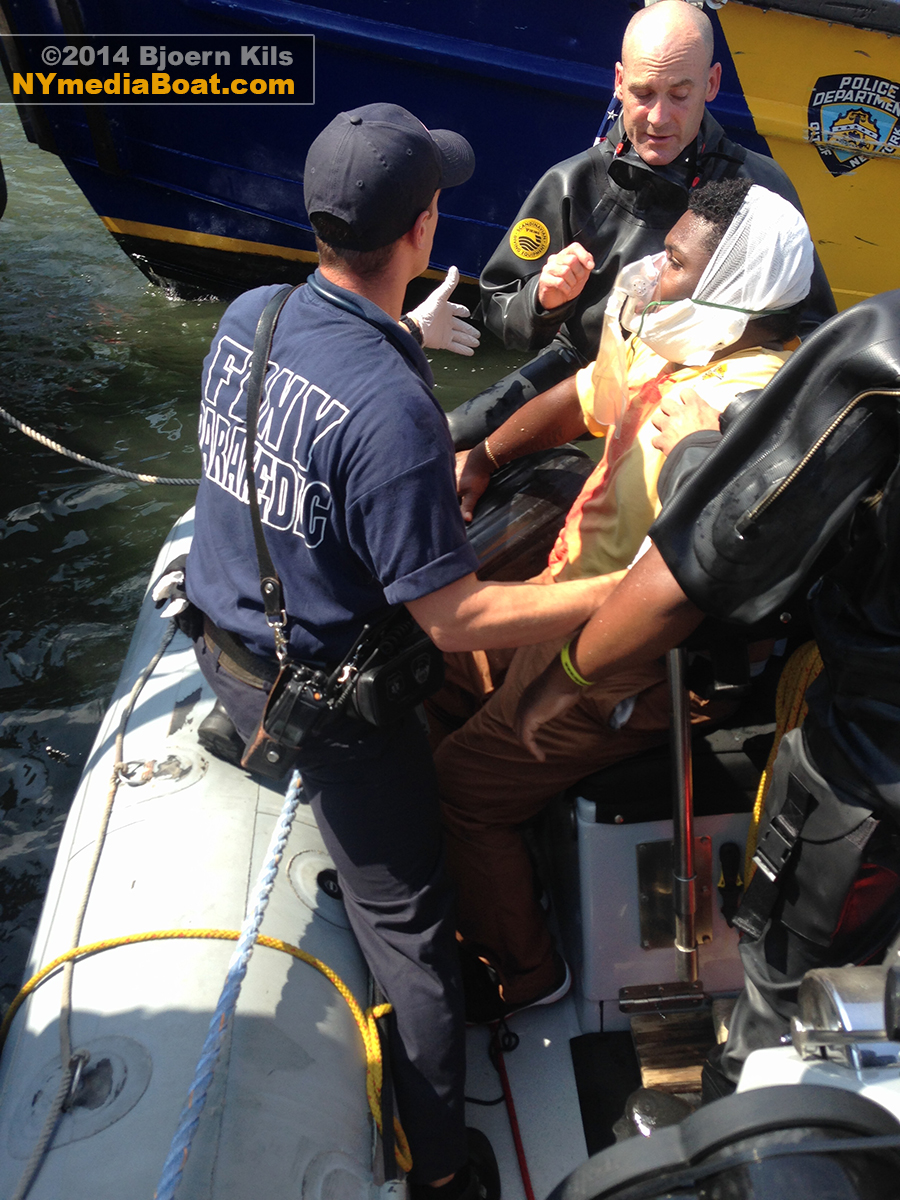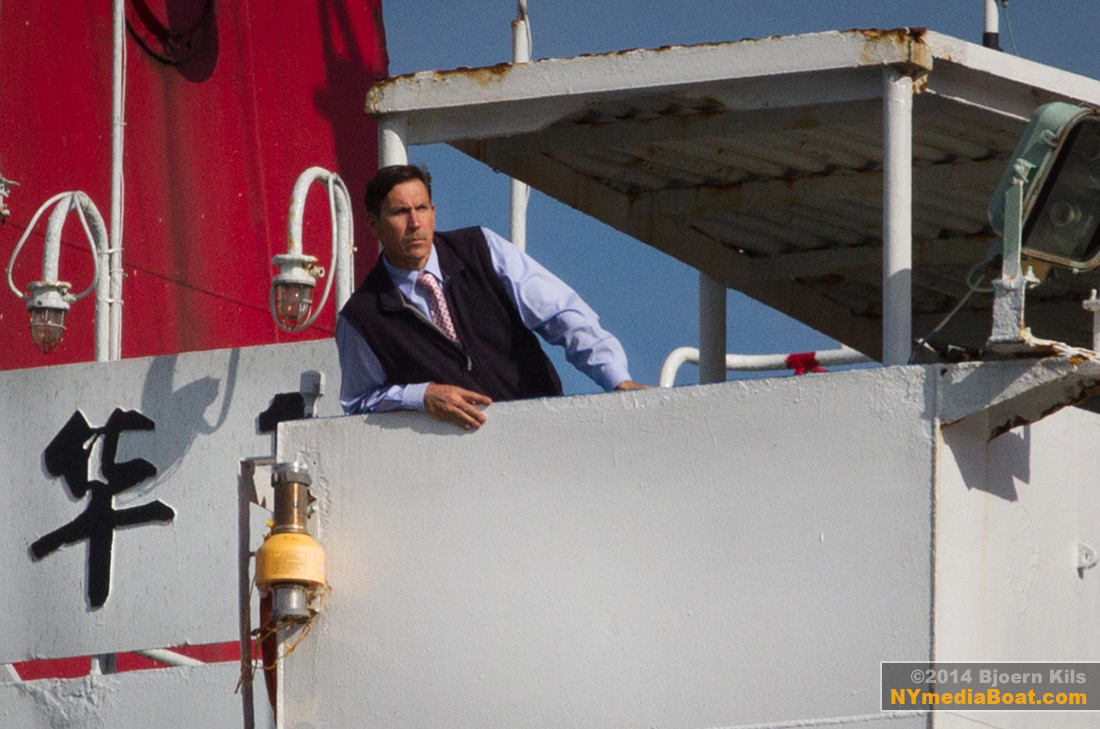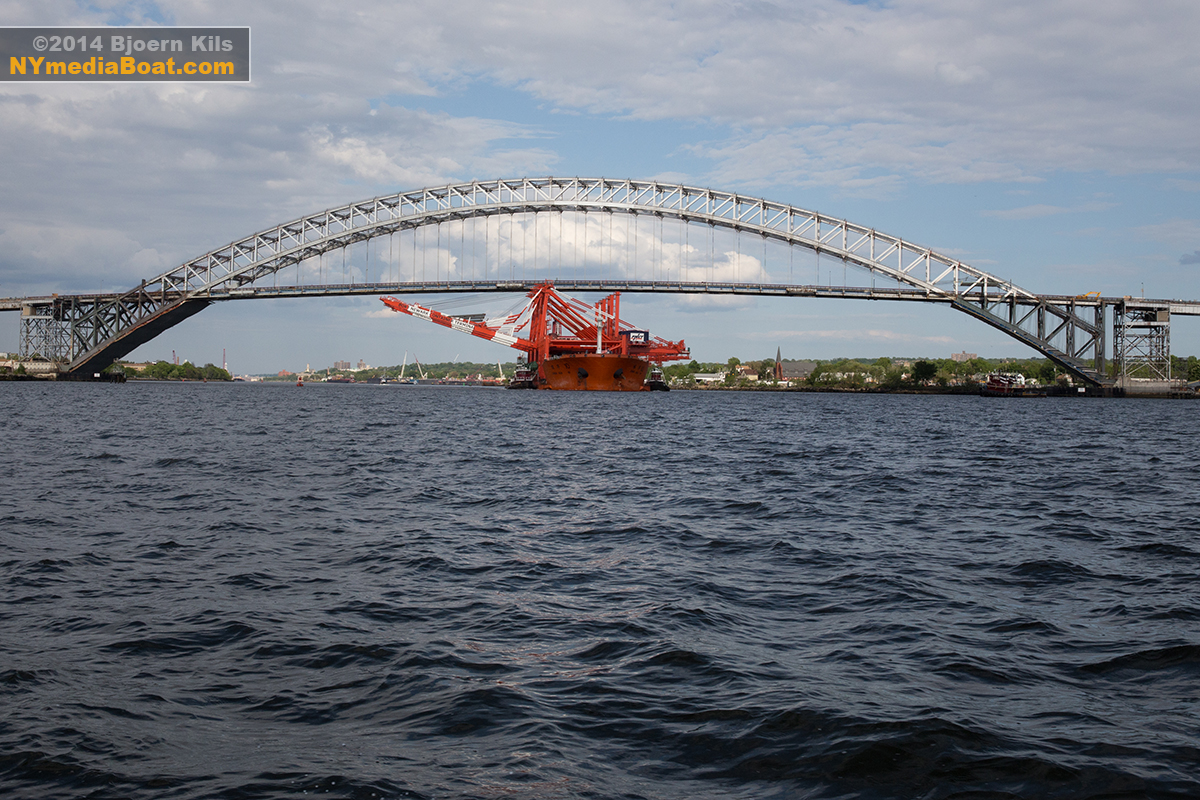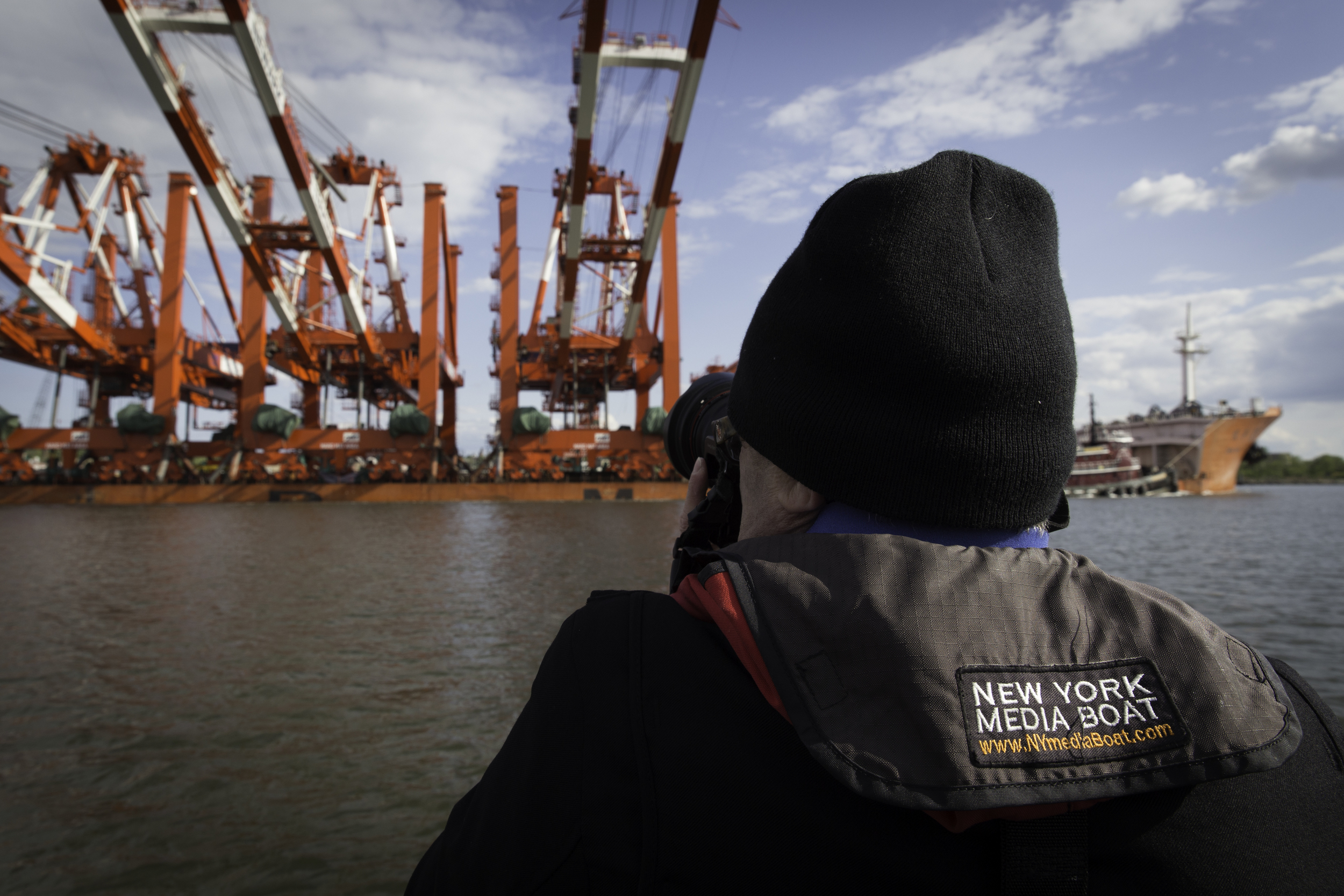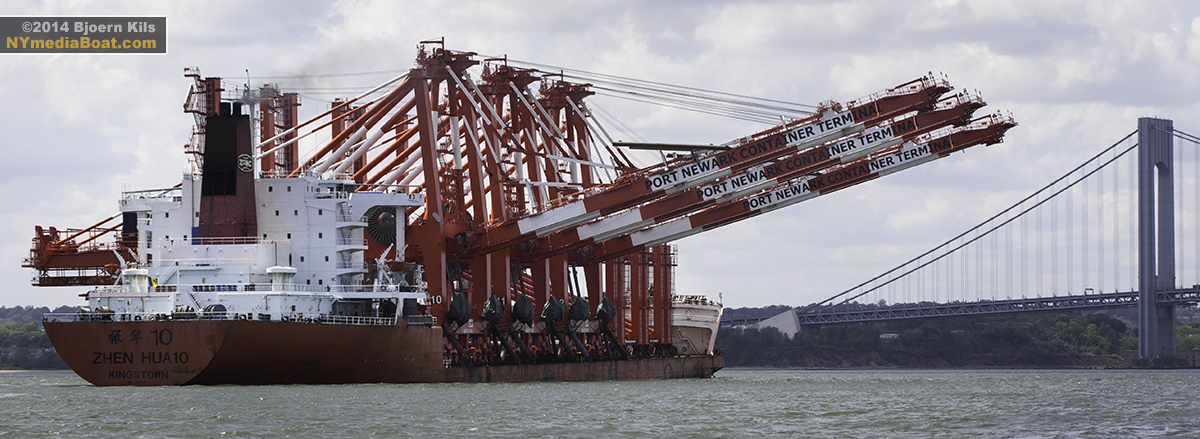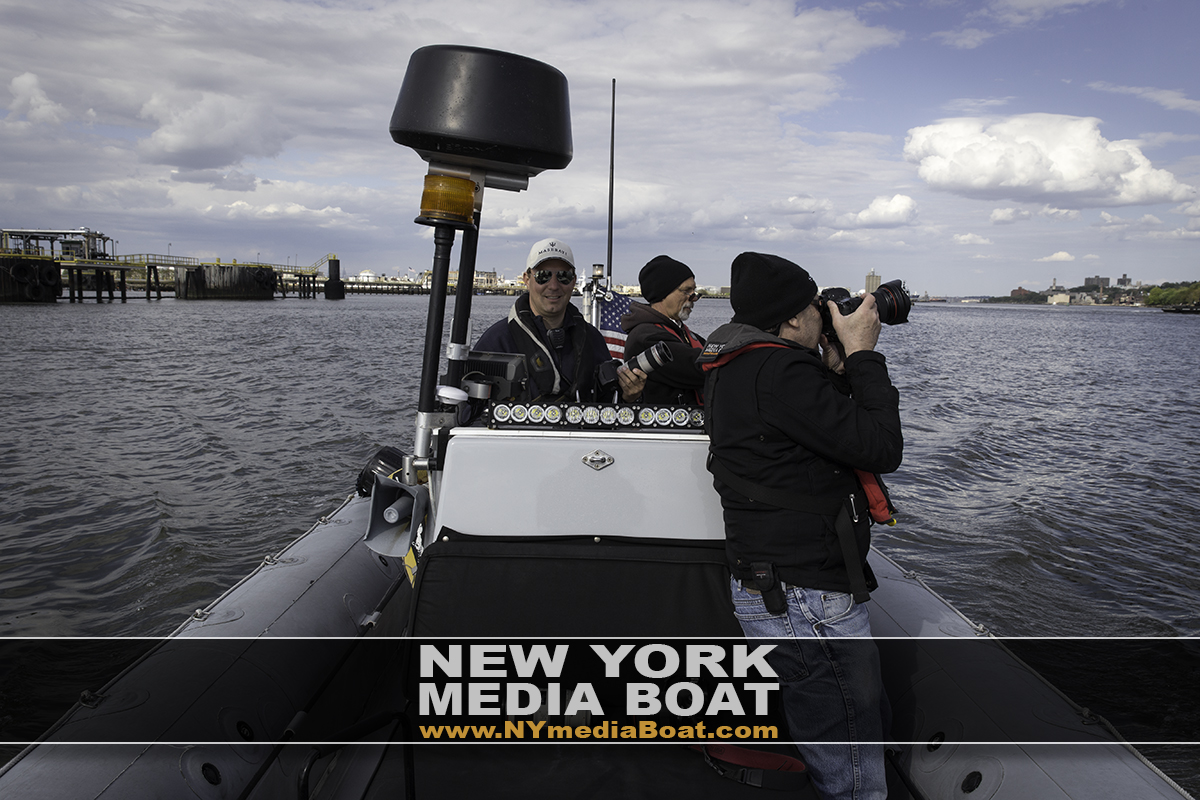Most people are horrified by the thought of three millions of gallons of raw sewage spewing into the Hudson River.
Not Captain John Lipscomb of Hudson Riverkeeper.
“Accidents like this come and go,” he told me Friday on the phone from his boat docked on the Hudson in Ossining, N.Y., though he would have been out sampling had it not been raining. “But the chronic releases are happening all the time.”
The spill at a Westchester water treatment plant threatened to cancel Saturday’s Ironman triathlon, and environmental advocates seized the opportunity to shine a light on the regular dumping of raw sewage into New York City waterways.
“The issue for the triathletes isn’t what’s happened in Westchester, but what’s happening in the harbor,” given heavy rains on Friday, says Lipscomb, who has been Captain of Riverkeeper’s research vessel for 12 years. “From our data, we can see that chronic releases are much more significant than accidents.”
Fourteen wastewater treatment plants in New York City, and a handful in northern New Jersey, collect and filter the excess from sinks and streets alike. Much of the metropolitan area is on a combined sewer system, where the pipes that carry refuse from toilets eventually meet with those funneling away rainwater. All of it is scrubbed before being discharged back into local waterways.
Normally, the system works fine, Lipscomb says, and major accidents like the Westchester spill are rare – although an accident at a plant in Harlem poured hundreds of millions of gallons of untreated sewage into the Hudson last summer.
But after a decent rain, the combined sewer system can get overwhelmed, opening valves that send a mix of sewer and rain runoff sloshing into natural waterways.
Engineers say it’s the more palatable alternative to having raw sewage bubble up in residents’ toilets.
Every year, about 28 billion gallons of this “grey” water flow from 460 outfall sites around the city, with an additional 23 billion gallons from more than 200 sites in New Jersey, according to estimates from the Environmental Protection Agency.
Not all of that is concentrated sewage. Since it’s diluted by rainwater, about 20% of the mix comes from household drains, Lipscomb says. Still, that amounts to hundreds of millions of gallons of straight sewage leaking into local waters during each of the the Hudson River area’s average 50 storm events per year.
Riverkeeper has been detecting these discharges during monthly sampling. Below deck in their research vessel is an oven-sized incubator that reveals within 24 hours the level of Enterococcus in water samples.
Few in this bacteria genus are harmful; they’re present in the guts of most species, including humans. But abnormally high levels indicate that untreated sewage has found its way into the water.
Lipscomb’s complaint is that residents have no idea when levels exceed those considered safe for recreation.
But that’s changing. On Thursday, the same day as the Westchester spill, New York Gov. Andrew Cuomo signed into law the Sewage Pollution Right to Know Act, which will require public notification of all raw sewage spills, even those permitted during normal rainfall events.
“It’s almost like a setup,” Lipscomb says. “I was out collecting samples during the event and got an email saying the governor had signed the legislation.”
He says the city has taken other steps to alleviating the problem, like building additional rain gardens and diminishing the amount of impervious surfaces to lessen the volume of water hitting the sewers. It’s less costly than revamping the wastewater treatment infrastructure, which would run a multi-billion-dollar tab.
The New Jersey Department of Environmental Protection says it, too, has been trying to find a reasonable solution to its combined sewer outfall issues. DEP spokesperson Larry Ragonese told me the agency has added more control measures, such as filters, to 83% of its outfalls, and another 13% are under construction.
Over the past decade, about a quarter of combined sewers in the state have also been tied into other systems that don’t mix sewage and rainfall, Ragonese said.
And some municipalities have been taken to task by the EPA to upgrade, including Jersey City and Perth Amboy, which will spend $52 million and $5.4 million, respectively, on updating their systems as a result of settlements with the agency.
Ragonese says the DEP expects to release an updated plan for its combined sewer permitting process within the year – something Debbie Mans, executive director of NY/NJ Baykeeper, says is a long time coming. Her group, along with the Hackensack Riverkeeper, filed suit last year against the DEP over its slow progress.
As intimidating as regular sewage spills sound, their actual health impact is much harder to pin down. Though health officials have established safe exposure limits, swimming in places exceeding those thresholds doesn’t guarantee an infection.
Nor is there any sure-fire way to trace an illness – with water-borne disease, it can be anything from an ear infection to dysentery — to a specific exposure.
“If you swim in contaminated water and get sick 24 hours later, you don’t know if it’s from your salad, the food at the deli, or your dog,” Lipscomb said. “It’s hard to source it.”
The lack of hard evidence doesn’t mean he’d take his chances. When asked if the Ironman challenge should have gone on, as it did on Saturday, Lipscomb said it probably wasn’t the best idea – but not because of the Westchester discharge.
It was Friday’s rains, he said, that would have kept him on dry land.



